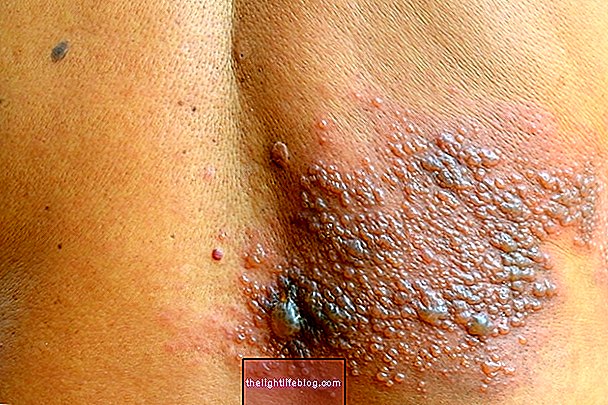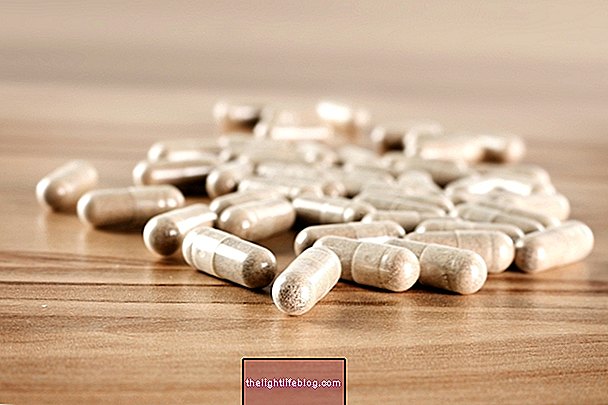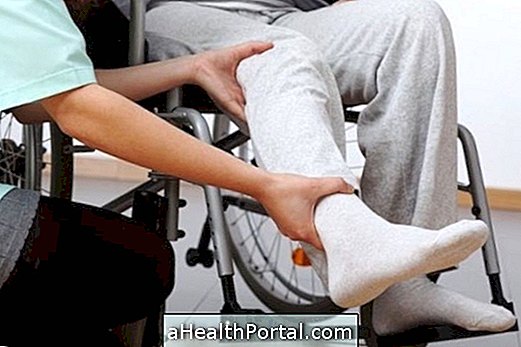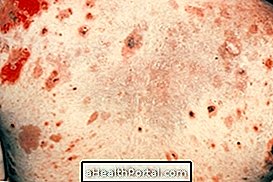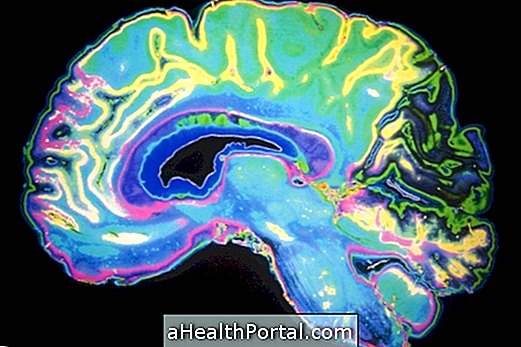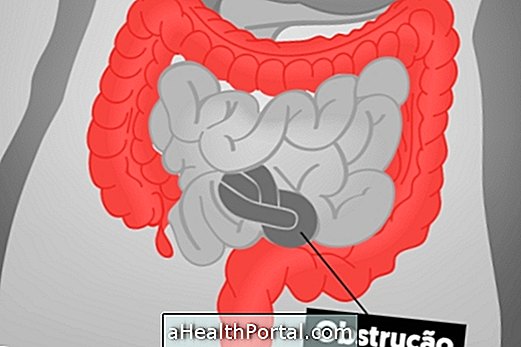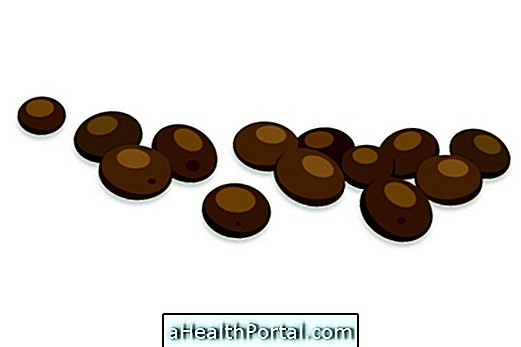Raynaud's phenomenon, also known as Raynaud's disease or syndrome, is characterized by an alteration in the blood circulation of the hands and feet, which causes the skin color to vary sharply, starting with pale and cold skin, changing to bluish, or purple and, finally, returning to normal reddish color.
This phenomenon can also affect other regions of the body, mainly the nose or the earlobes and, although its specific causes are not known, it is possible that it is associated with exposure to cold or sudden emotional changes, being also more frequent in women.

Main symptoms
The main symptoms of Raynaud's syndrome arise due to changes in blood circulation as a result of the narrowing of blood vessels, which promotes decreased blood flow and, consequently, oxygen to the skin. Thus, the main symptoms of Raynaud's disease are:
- Change in the color of the fingers, which initially turn pale and then become more purple due to the lack of oxygen to the site;
- Pulsating sensation in the affected area;
- Tingling;
- Swelling of the hand;
- Pain or tenderness;
- Small rashes appear on the skin;
- Changes in skin texture.
Symptoms of Raynaud's syndrome arise mainly due to extreme cold or exposure to lower temperatures for a long period, and may also happen as a result of intense stress.
Usually, simple measures such as avoiding the cold and wearing gloves or thick socks in winter, are sufficient to relieve symptoms and reduce the discomfort caused. However, when symptoms do not subside even with these measures, it is important to consult the general practitioner so that tests can be done to identify the cause of Raynaud's syndrome and to indicate the most appropriate treatment.
How to confirm the diagnosis
The diagnosis of Raynaud's phenomenon must be made by the general practitioner by performing a physical examination in which the signs and symptoms presented by the person are observed.
In addition, to rule out other situations that present similar symptoms, such as inflammation or autoimmune diseases, the doctor may indicate the performance of some tests, such as examining antinuclear antibodies, erythrocyte sedimentation speed (VSH), for example.
Possible causes
Raynaud's phenomenon is mainly related to constant or prolonged exposure to cold, which results in altered blood flow. However, this situation can also be a consequence of something, becoming known as secondary Raynaud's disease. Thus, the main causes of this syndrome are:
- Scleroderma;
- Poliomyositis and dermatomyositis;
- Rheumatoid arthritis;
- Sjogren's syndrome;
- Hypothyroidism;
- Carpal tunnel syndrome;
- Polycythemia vera;
- Cryoglobulinemia.
In addition, Raynaud's phenomenon can happen as a consequence of using some medication, using cigarettes and performing activities with repetitive movements, for example.
How the treatment is done
Raynaud's phenomenon does not normally require specific treatment, and in most cases it is only recommended that the region be heated in order for the circulation to be activated and reestablished. However, it is important to go to the doctor if the symptoms persist or the extremities become dark, as it may mean that the tissues are dying due to lack of oxygen, and it may be necessary to amputate the affected region.
To avoid necrosis, it is recommended to avoid cold places and use gloves and thick socks in winter, for example. In addition, it is recommended not to smoke, as nicotine can also interfere with blood circulation, reducing the amount of blood that reaches the extremities.
However, when the extremities are constantly cold and whitish and the phenomenon is related to other health problems, the doctor may recommend the use of some medicines, such as Nifedipine, Diltiazem, Prazosin or Nitroglycerin in ointment, for example.
Was this information helpful?
Yes No
Your opinion is important! Write here how we can improve our text:
Any questions? Click here to be answered.
Email in which you want to receive a reply:
Check the confirmation email we sent you.
Your name:
Reason for visit:
--- Choose your reason --- DiseaseLive betterHelp another personGain knowledge
Are you a health professional?
NoMedicalPharmaceuticalsNurseNutritionistBiomedicalPhysiotherapistBeauticianOther
Bibliography
- MACIEL, Thainá Cristina A .; STROPARO, Elenice. Raynaud's Phenomenon: Causes, Symptoms, Diagnosis and Treatment - Review. Revista Eletrônica Bioscências, Biotecnologia e Saúde. 15th ed; 2016
- CATARINIAN SOCIETY OF RHEUMATOLOGY. Do you know what Raynaud's phenomenon is?. Available in: . Accessed on 21 Jan 2021


